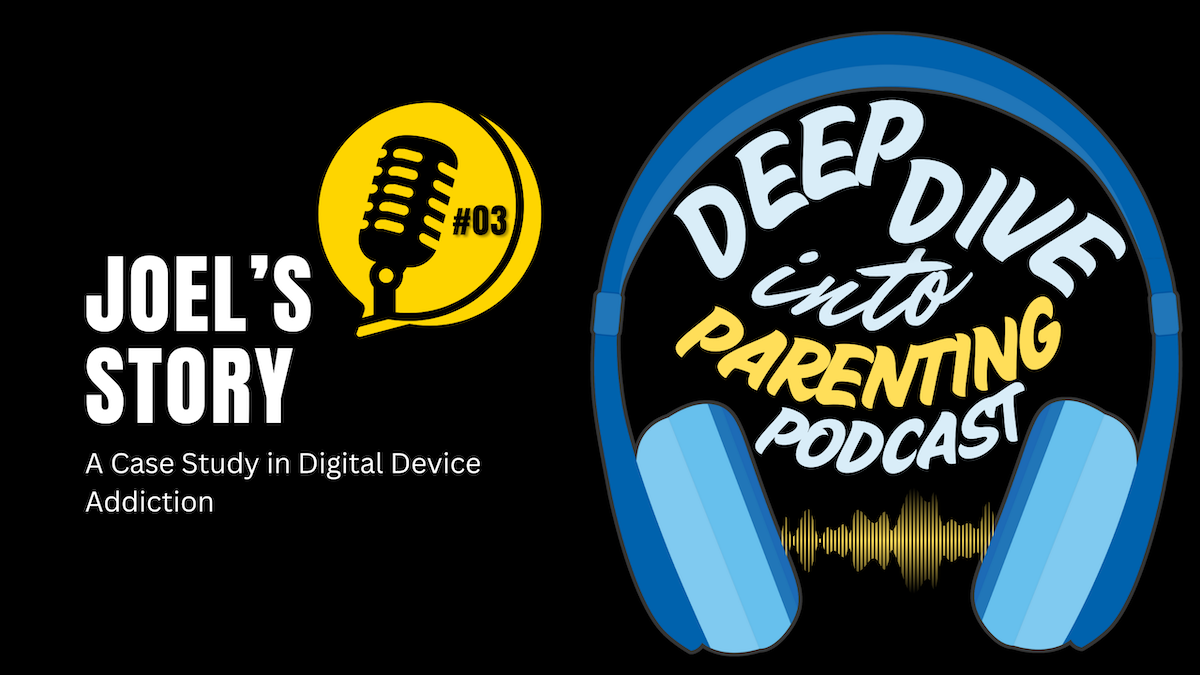In today’s digital age, screen time management has become a critical concern for parents, educators, and society at large. With the ever-growing presence of smartphones, tablets, and gaming systems, children and teens are increasingly drawn into a virtual world. This shift has significantly impacted family dynamics, often creating rifts between parents and children as screen time begins to replace traditional family bonding activities. Shared mealtime conversations are replaced by individuals absorbed in their devices, and collaborative family experiences are often overshadowed by solitary digital engagement. The pervasive nature of these devices can also lead to misunderstandings and conflicts, as parents struggle to enforce limits and children push back against restrictions. These challenges highlight the need for intentional strategies to restore balance and strengthen familial connections in the digital age. While these technologies offer immense benefits, their overuse often results in significant detriments to academic, social, and emotional well-being. This article provides a detailed peek into Chapter 1 of Clayton Cranford’s book, Screen Time Standoff: Negotiation Skills to Unplug Your Kid, offering insights from Cranford’s extensive experience as a seasoned law enforcement officer, behavioral threat assessor, and digital safety advocate. It outlines effective strategies for managing screen time and countering the pervasive effects of digital addiction.
Understanding Digital Device Addiction
The advent of smartphones, especially with the release of the iPhone 4, marked a seismic shift in how young people interact with the world. As Cranford observed during his tenure as a School Resource Officer, the integration of devices into schools led to profound behavioral changes. Students who previously thrived in interactive social settings increasingly withdrew into their screens, leading to diminished face-to-face communication and escalating concerns about mental health and behavioral issues. For instance, studies have shown that teens spending more than three hours daily on social media are at higher risk for depression and anxiety. Behavioral issues such as increased irritability, difficulty concentrating, and sleep disturbances are also common among children with excessive screen exposure. These challenges highlight the critical need for awareness and intervention to mitigate the long-term effects on young people’s mental health and social development.
The Schoolyard Shift
Once lively and vibrant lunch periods, filled with conversations and laughter, gradually transformed into gatherings of silent students, each engrossed in their personal devices. This behavioral evolution signaled the rise of digital dependency, characterized by a decline in real-world social engagement and a growing reliance on screen-based interactions. Parents and educators quickly noticed the ripple effects: heightened cases of cyberbullying, declining academic performance, and social disconnection.
A Case Study: Joel’s Struggle with Screen Dependency
One poignant story from Cranford’s experience illustrates the complex challenges many families face. Joel, a young boy with ADHD, became deeply attached to his devices, spending countless hours gaming and isolating himself in his room. His dependency reached alarming levels, leading to physical altercations with his mother, Sarah, when she attempted to restrict his screen time. Joel’s story is a microcosm of the broader struggles parents encounter in navigating the digital landscape. His challenges mirror data showing that nearly 70% of teens report feeling addicted to their devices, and many families face conflicts over screen time limits. Joel's experience highlights the widespread issue of digital dependency and its impact on family dynamics, academic performance, and emotional well-being.
Intervention Strategies for Families
Cranford’s approach to addressing Joel’s screen dependency serves as a roadmap for other families:
-
Device Removal: Cranford temporarily confiscated Joel’s tablet and computer power cords, helping redirect his focus away from screens.
-
Reward Systems: By creating incentives tied to reduced screen time and positive behavior, Joel’s dependency began to diminish.
-
Therapeutic Support: Sarah was encouraged to seek professional assistance to address Joel’s underlying emotional and behavioral challenges.
This comprehensive, multi-faceted approach was instrumental in breaking Joel’s cycle of dependency and fostering healthier habits.
The Broader Impact of Excessive Screen Time
Research supports Cranford’s observations, highlighting the wide-ranging consequences of unchecked screen use:
-
Mental Health Decline: Prolonged screen time correlates with higher rates of anxiety, depression, and reduced self-esteem in children and teens.
-
Academic Struggles: Devices serve as a constant source of distraction, impairing focus and productivity in school settings.
-
Social Isolation: Excessive screen use limits opportunities for meaningful, face-to-face interactions, critical for emotional growth and social development.
The Dopamine Effect
Digital devices are designed to stimulate dopamine release, creating a cycle of craving and reward akin to substance addiction. This cycle can be interrupted through deliberate strategies such as encouraging regular device-free breaks, promoting outdoor activities, and establishing consistent screen-time schedules. These interventions not only help reduce dependency but also foster healthier relationships with technology. This issue is p







